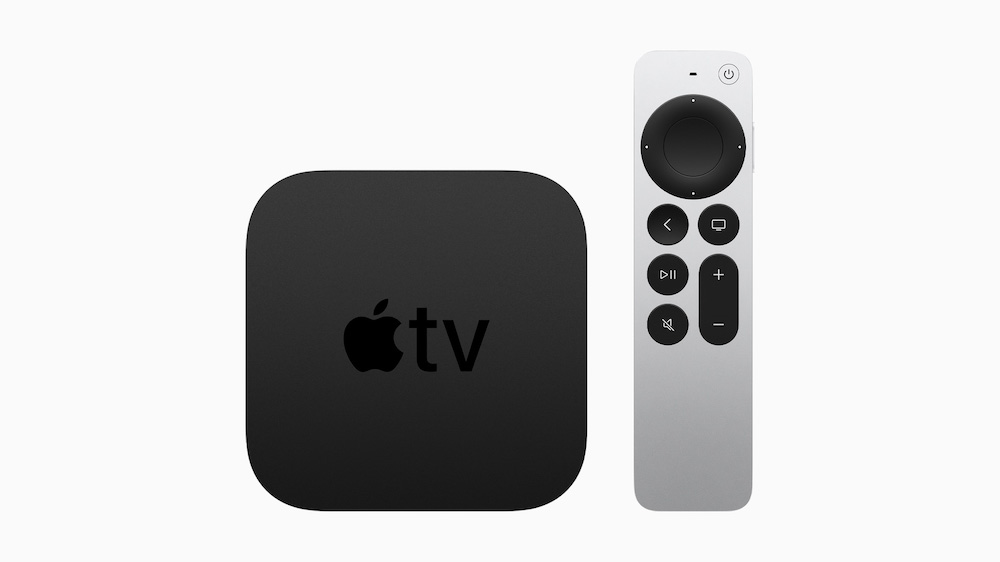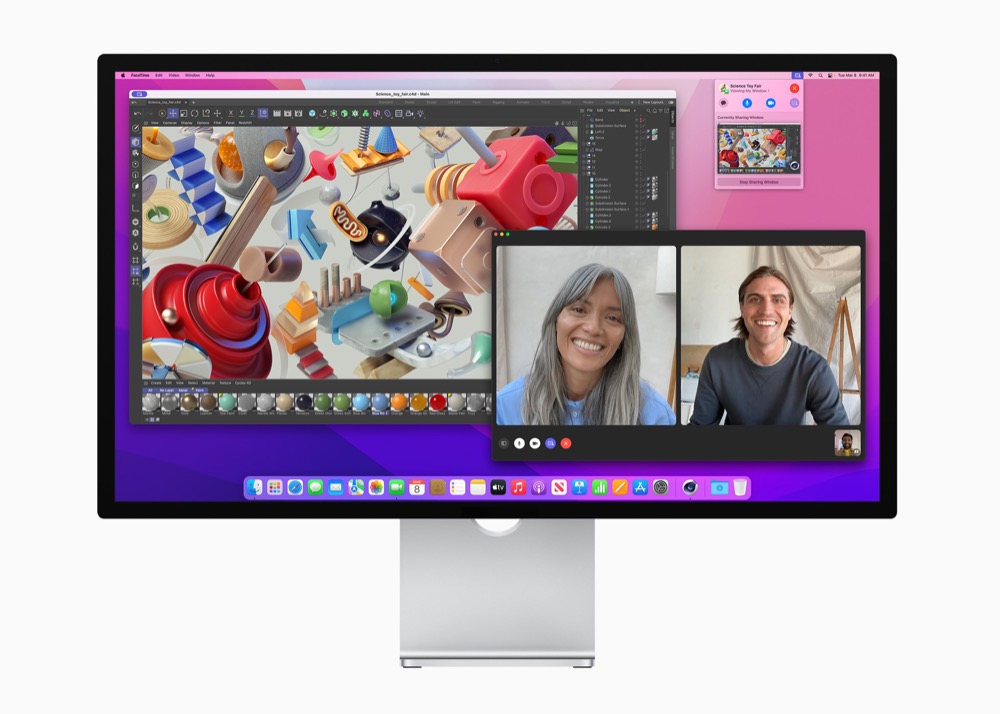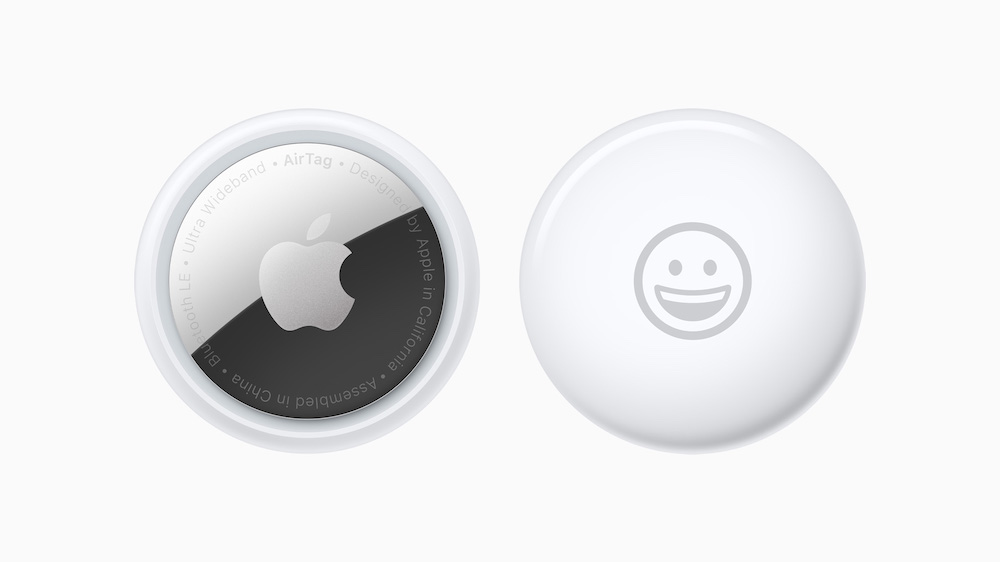Does the Apple Studio Display have a secret identity?

Today I’m wondering if Apple has secretly planned a feature upgrade road map for the Apple Studio Display and might it involve the future of Apple TV? Here’s why I think it could have happened:
What’s happening
Introduced March 22 the Apple Studio Display is a 27-inch 5K monitor that contains a 12-Megapixel Ultra Wide camera with Center Stage and boasts a fantastic six-speaker sound system with spatial audio.
The display can handle over 14.7 million pixels and can be used for video conferencing thanks to its support for CenterStage. When you talk in a conference the display also has a three-microphone array so it can pick up what you say. It carries three USB-C and a single Thunderbolt port and costs $1,599.
It also contains an A13 Bionic chip, which is the same processor used in the iPhone 11 series, the ninth generation iPad and last generation iPhone SE. The 7nm chip was introduced alongside the iPhone 11 in September 2019.
The chip inside
It is interesting that this means the Studio Display now runs a better chip than you’ll find inside the current Apple TV 4K, which runs an A12 Bionic chip. It even contains 64GB of storage space, of which just 2GB of storage is used.

Apple’s Studio Display runs a better processor than the one inside the Apple TV
In theory, then, the Studio Display should be able to independently run iOS apps and Apple TV/TV+ software.
Except it can’t because not only does it lack the obvious things such as a touch control or keyboard, but it also lacks a Wi-Fi radio and Bluetooth support. It doesn’t need these as it’s just a display, but one can’t help but wonder about what might have been.
For example, a Studio Display could have been sold in larger sizes for use as a TV. Or it could be used as a giant motion-directed iPad, using the built-in camera to track head movement for pointer-based control. It could be compatible with a wireless keyboard and trackpad/mouse for use as some form of giant iPad. It could be lots of things.
But it’s not.
Which seems strange given the 64GB of built-in storage and the power of the processor inside the display.

What’s that processor doing?
I can understand that it’s handling Neural Engine provided support to enhance the audio emerging from the speakers, to support Spatial Audio and to ensure Center Stage works, but could it be doing more?
After all we know the chip carries 18 cores, six for the CPU, four for graphics and eight for the neural engine.
One thing we also know is that these displays are upgradeable. We know this because Apple has committed to publishing a software upgrade to make the camera on Studio Display work more like it should following claims it wasn’t delivering the results you’d expect from a 12-megapixel camera.
So, we know the system can be improved over time.

AirTag is a small accessory that helps you track and find your things using Apple’s Find My app
The thing is without Bluetooth or Wi-Fi access the chance of the display becoming an ad hoc giant iPad, a transitional Mac/iPad device, or even double duty as an Apple TV becomes real small. All the same, I can’t help but wonder what might have been. I find it particularly strange that the systems don’t even seem to include an AirTag.
Please follow me on Twitter, or join me in the AppleHolic’s bar & grill and Apple Discussions groups on MeWe.




